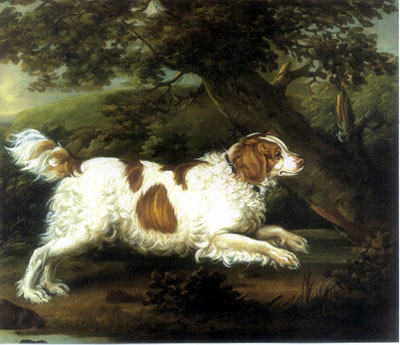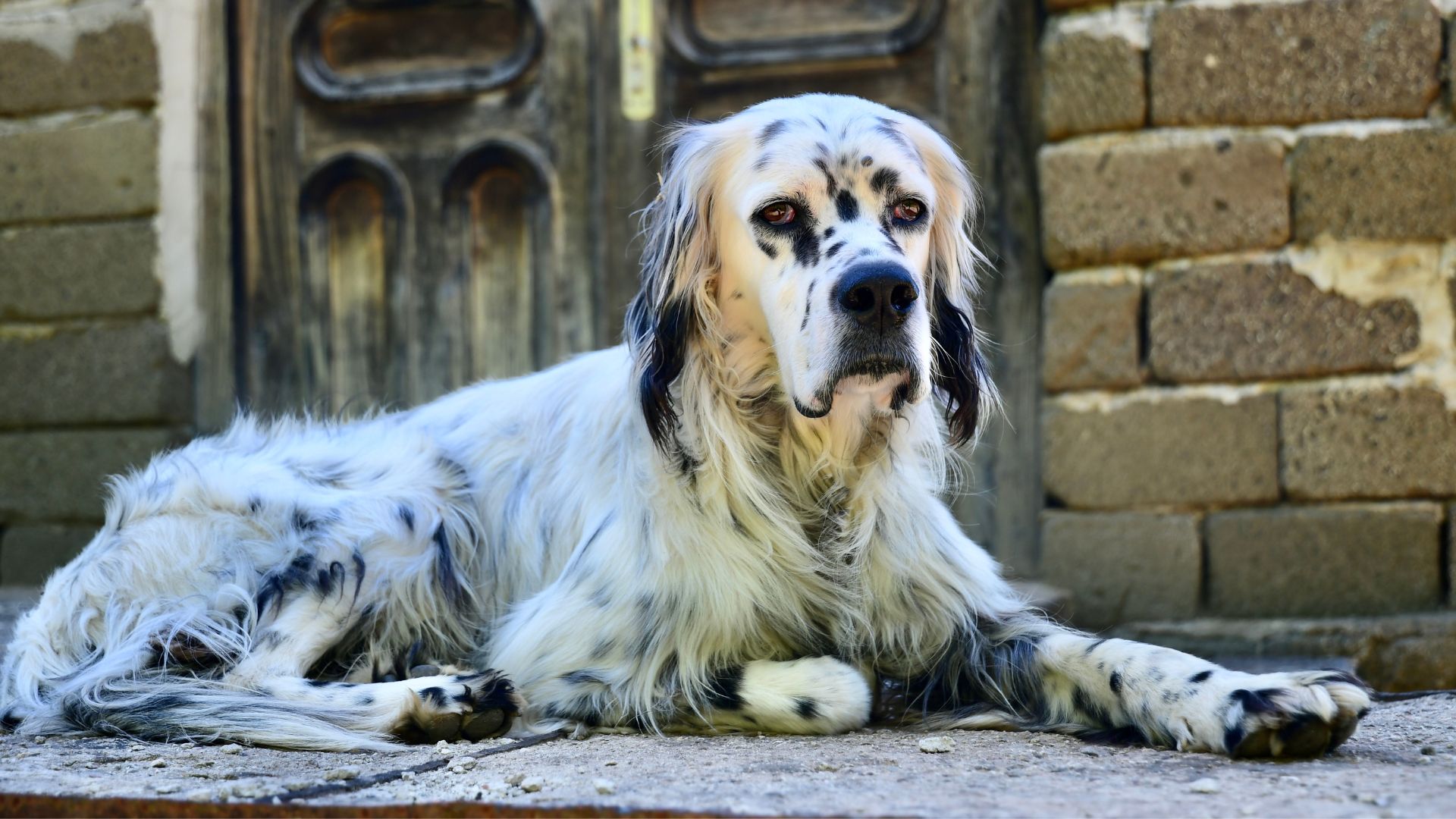In a world obsessed with Golden Retrievers and French Bulldogs, many dog lovers have never heard of the remarkable breeds lost to history. These forgotten dogs—like the Salish Wool Dog—once served loyal roles as family companions, hunters, or workers, before quietly fading away.
Their extinction wasn’t sudden, but gradual, as breeding programs ended and modern tastes shifted. These vanished breeds warmed laps, pulled sleds, guarded homes, and even supported entire communities. Each one carries a story of human connection and purpose that today’s pet owners rarely get to see.
By exploring these lost dog breeds, we uncover not just forgotten faces, but a lost part of our shared history with man’s best friend.
Dog Breeds with Forgotten Historic Roles
1. Turnspit Dog
Turnspit dogs were bred specifically to run on wheels that turned meat roasting over fireplace spits from the late 15th through the 18th century. These dogs faced a grueling daily routine that would horrify modern animal lovers.
They spent hours running on their wheels, and they ensure meat is cooked perfectly. The training coaches sometimes used to throw coal in the wheels to make the dogs run faster.
Most families owned two turnspit dogs so that the burden is shared. Their population declined after 1850 as mechanical spit-turners became available, and they completely went extinct by 1900. Nobody wanted to keep these dogs when they noticed that they were obsolete. Their story tells that they are history’s most specialized breed.
2. Hawaiian Poi Dog
Ancient Polynesian voyagers brought more than courage across the Pacific waters. They carried their faithful poi dogs into uncharted territories. These incredible animals accompanied humans on some of history’s most daring ocean crossings. They helped establish civilizations on remote Hawaiian islands thousands of years ago.
They have unique characteristics that make them perfect island partners. They developed shorter legs and rounder bodies compared to their mainland ancestors.
Their diet was made of fermented taro root, which gave them their name, and they showed a peaceful temperament. These dogs have played multiple roles in Hawaiian society beyond popular companions. They also served as alarm clocks.
3. St. John’s Water Dog
Long before Labrador Retrievers became America’s home favorite pet, their ancestors worked the frigid waters of Newfoundland breed that Purina discusses. They have a supernatural ability to retrieve fishing nets and lost gear from icy North Atlantic waters. These dogs developed webbed feet and water-repelling double coats that allowed them to work in conditions that would kill most other breeds.
They could swim for hours in near-freezing water. Their incredible stamina and loyalty saved a number of human lives during dangerous fishing expeditions. What makes them unique is their size and temperament.
They were smaller and more agile than today’s Labs. They lived for the moment their human partners needed help. Their exercise needs are extraordinary, and these dogs need hours of swimming and activity to stay stable.
The breed almost disappeared during the early 1900s through cross-breeding with imported English Retrievers.
4. Blue Paul Terrier
Few dog breeds inspire as much controversy and fascination as the Blue Paul Terrier, which is a powerful fighting dog that dominated Scottish pit competitions during the 18th and 19th centuries. These muscular terriers earned their fearsome reputation through their distinctive blue-gray coats and incredible tenacity.
Scottish sailors brought the original breeding stock from Galloway and developed it into fighting machines over several generations. Blue Paul Terriers have massive heads relative to their body size. They have powerful jaws capable of maintaining crushing bite pressure for extended periods.
They had an intelligent mind to tackle different situations. They could assess opponents quickly and adjust fighting strategies.
5. English Water Spaniel

Before the gun dogs dominated hunting culture, English Water Spaniels reigned as the preferred companions of Victorian sportsmen. These elegant dogs have swimming abilities like water breeds with intelligence and trainability that make them perfect for complex hunting of small game that involves both water and land.
Their distinctive curly coats provided excellent insulation in cold English waters and remained manageable during sessions. These dogs developed longer legs than the normal spaniels. Their gentle mouths could retrieve delicate waterfowl without damaging valuable game.
They had versatility in hunting different types of game. They could track rabbits through dense underbrush in the morning and then retrieve ducks from frozen ponds in the afternoon.
6. Hare Indian Dog
Hare Indians developed a remarkable breed capable of hunting swift Arctic hares across frozen landscapes. These dogs have the power of wolves with the training of domestic breeds. They were perfect hunting partners for survival in one of the Earth’s harshest environments.
They made a sweet bond with the Hare Indians and were essential for tribal survival during harsh winters when other food sources disappeared. They could locate and catch Arctic hares that provide nutrition by proteins and also fur for warmth.
This breed was gone and forgotten during the early 20th century as a traditional companion that was perfect for hunting deer. These hunters required special care for their coats. They were fed raw meat and fish to help them stay active and fine.
7. Toy Trawler Spaniel
They emerged as a breed that served as remarkable alert dogs as a throwback to the original King Charles Spaniel of the 16th century. This breed descended from the King Charles Spaniel that Hill’s Pet talks about, and the variety of Sussex Spaniel. They served initially as sporting dogs before turning into herding and show dogs.
It was a small but solidly built dog with a height of about 11 to 13 inches. Their weight ranged from 6 to 15 pounds. They had unique physical characteristics like short black noses with upward tips and flat-topped skulls rather than dome-shaped ones.
Their coat were particularly notable, which was curly but not woolly in texture. This was a breed with a love for humans. They required activity to maintain their physical and mental health.
Conclusion
The tales of these breeds deserve to be on our reading lists. They were lovely, helpful in herding livestock with good sight and guarding roles. They were developed for important roles and mostly were raised to be pets with active bodies and real purposes.


